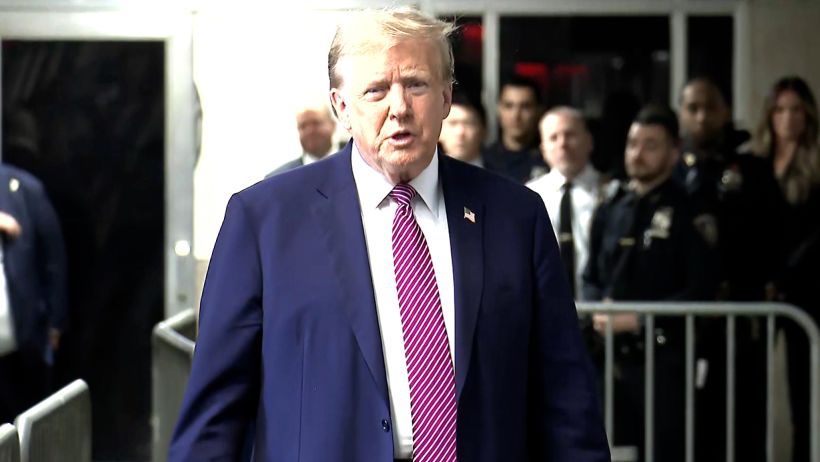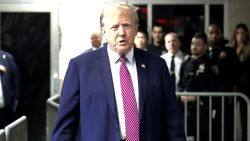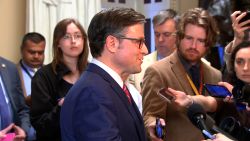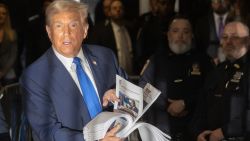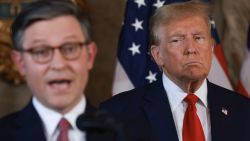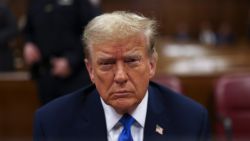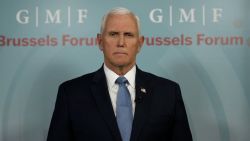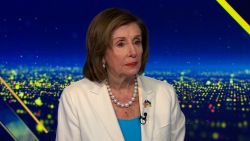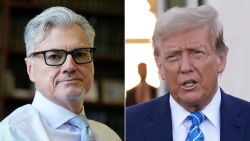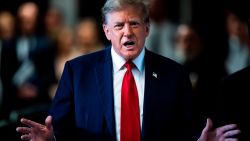President Donald Trump has repeatedly promised that Mexico would pay for the border wall, a pledge he made starting on the campaign trail.
Now he’s demanding that Congress come up with more than $5 billion to build a wall. He’ll make a prime-time address Tuesday night, making his case to the public that a wall is needed to address what the administration views as a national security and humanitarian crisis along the Mexico-US border.
But even as the government remains shut down due to a fight over the money, the President continues to suggest that Mexico will ultimately pay for some of the wall through his revamped North American Free Trade Agreement, the US-Mexico-Canada Agreement.
“Mexico is paying for the Wall through the new USMCA Trade Deal. Much of the Wall has already been fully renovated or built. We have done a lot of work. $5.6 Billion Dollars that House has approved is very little in comparison to the benefits of National Security. Quick payback!” Trump tweeted last week.
But the trade agreement wouldn’t necessarily bring more money into US coffers, as Trump has suggested.
“It’s extremely implausible,” said Phil Levy, a senior fellow at the Chicago Council on Global Affairs who served as a senior economist for trade under President George W. Bush.
The USMCA could potentially create more economic activity, and in turn raise tax revenue. The Trump administration has said new rules on auto production would bring manufacturing jobs back to the US.
But for now, it’s unclear what kind of impact the deal will have on the American economy. It could potentially eliminate some jobs, too. The US International Trade Commission is investigating the economic impact of the deal, but it has until mid-March to publish its report.
Even if the USMCA ends up raising tax revenue, there’s nothing earmarking that money for a wall. Income and corporate taxes are general revenue that would have to be appropriated by Congress.
Another way trade could bring money into the Treasury is through tariffs – which are paid by American importers when they buy foreign goods. But like the original North American Free Trade Agreement, the new deal aims to keep trade between the three countries largely tariff-free.
“There’s not that much in the new deal that looks radical and new. You’re already starting with free trade across the two borders,” Levy said.
Plus, the USMCA hasn’t been ratified by Congress yet, and it’s unclear whether it will get the votes. It’s unlikely that the Democrats, who now control the House, will be eager to hand a victory to Trump, and Speaker Nancy Pelosi has said she would like to see stronger enforcement measures for the labor and environment provisions in the deal.
CNN’s Z. Byron Wolf contributed to this report.

